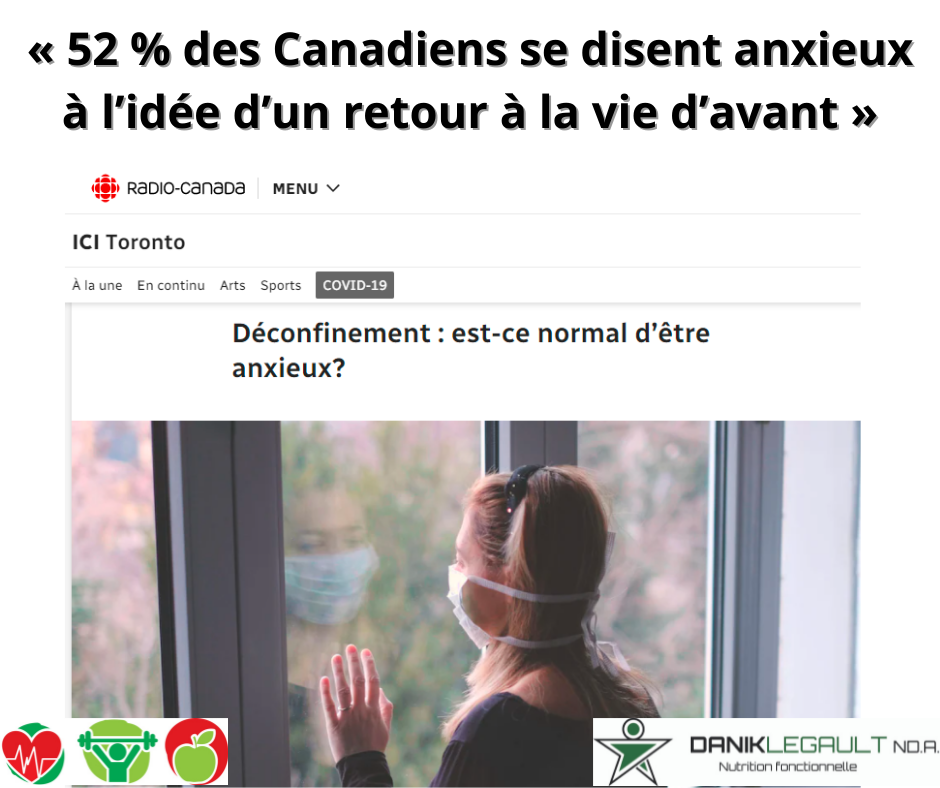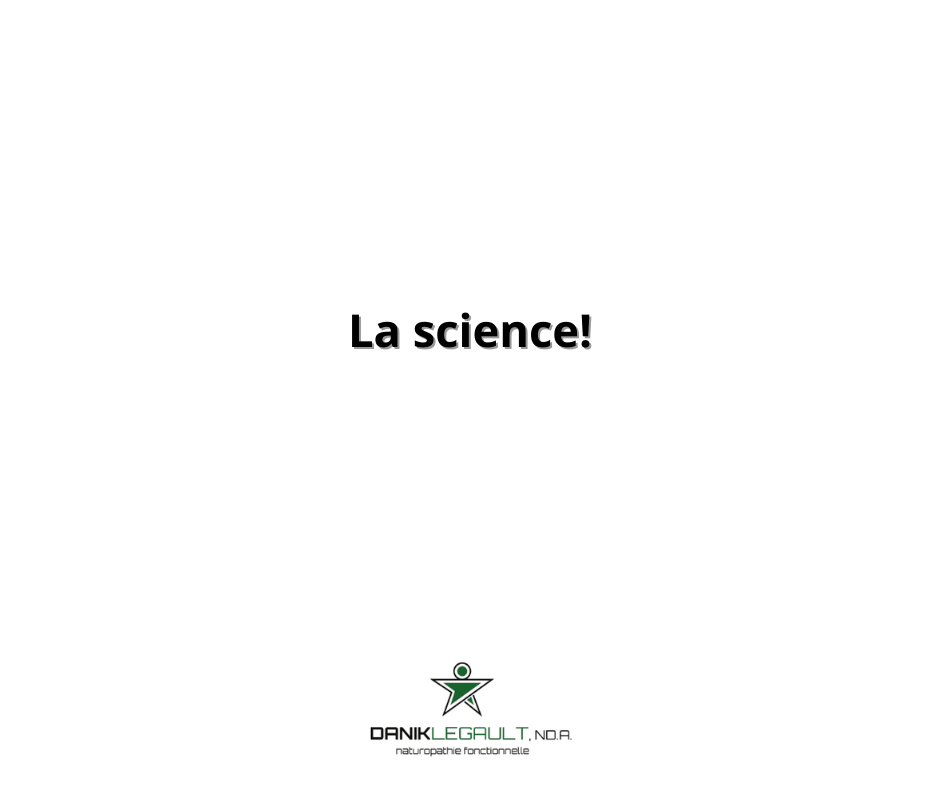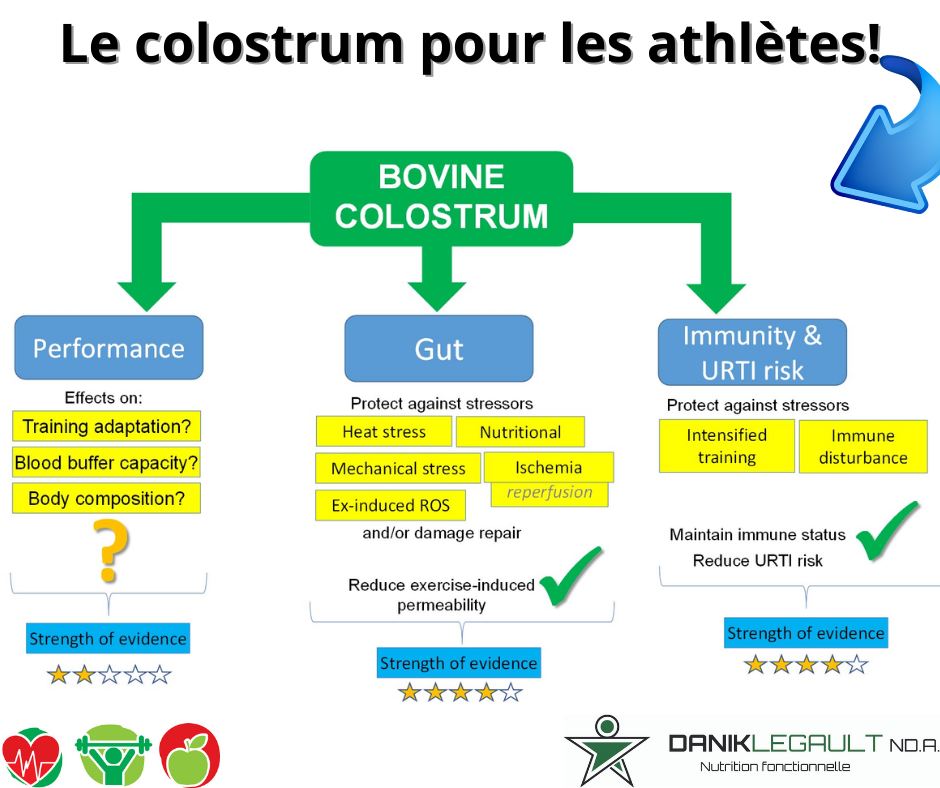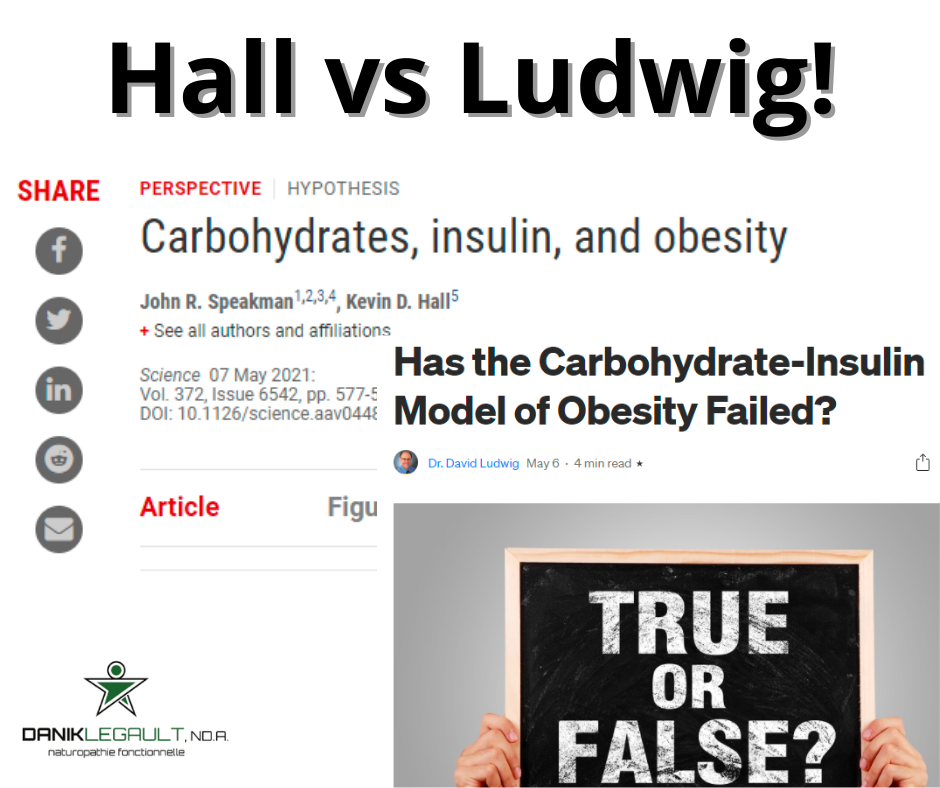Étude récente du 12 juin 2020: https://www.mdpi.com/2072-6643/12/7/2097/htm?fbclid=IwAR1_NEKWyJsqlJQWoDU8_Zvtx0LtQ0Z0QtAb9haW4mM0QaG3t0Or2HDg2JI
J’ai beaucoup parlé de la vitamine D en mars et avril. J’ai décidé de partager celle-ci parce que l’image des causes et des conditions associées est excellente. C’est aussi une revue ou Michael F. Holick a participé. Il est selon plusieurs l’un des pionniers concernant la vitamine D.
L’article révise la physiologie, l’effet sur la réponse immunitaire innée et adaptative. L’article va ensuite parler des liens avec certaines conditions : Psoriasis, diabète de type1, sclérose en plaques, maladies intestinales inflammatoires (colites, Crohn’s), l’arthrite rhumatoïde, la tuberculose et j’en passe.
Il y a une section sur le Covid-19. La voici:
« 5.8. Respiratory Viral Infection and COVID-19
It is known that the outbreak of influenza infection is periodic and usually occurs during the wintertime at higher latitudes but is sporadic throughout the year in the tropical area [171]. One of the proposed explanations is that the seasonal outbreak could be due to a seasonal variation in circulating levels of 25(OH)D which reaches the lowest lev-els in the winter [172]. Several studies have supported this hypothesis as they reported the independent association between low level of serum 25(OH)D and incidence and severity of respiratory tract infection in children and adults [173,174]. A prospective cohort study in healthy adults living in New England showed a two-fold reduction in the risk of developing acute respiratory tract infection (ARI) in those with serum 25(OH)D levels of 38 ng/mL (95 nmol/L) or more [175]. A case-control study in children aged less than 2 years reported that children requiring hospitalization for ARI had significantly 1.7-times higher odds of vitamin D deficiency as compared to those with mild ARI [174]. This indicates the protective effects of sufficient vitamin D status against respiratory viral infection. Respiratory viruses enter the respiratory epithelium via the specific entry receptors where it causes cellular and tissue damages and trig-gers innate and adaptive immune responses, which then result in airway and systemic inflammation and, in severe cases, life-threatening sepsis or acute respiratory distress syndrome [176,177]. ,25(OH)2D exerts anti-viral activities and modulates inflammatory response to viral infection by stimulating cathelicidin release, modulation of toll-like re-ceptor expression and NK cells function, as well as suppressing overexpression of proinflammatory cytokines [178]. A recent meta-analysis of 25 RCTs showed that supplementation of vitamin D2 or D3 can protect against the develop-ment of acute respiratory tract infection compared with placebo (odds ratio 0.88; 95% CI: 0.81–0.96) [179].
The rise of the COVID-19 pandemic, the out-of-proportion rate of symptomatic infection, morbidity and mortality observed in African American and obese individuals suggests the possible impact of vitamin D on host response and susceptibility to the infection as obese and Black individuals are known to have an elevated risk for vitamin D defi-ciency [2,180,181]. Apart from the immunomodulatory and anti-viral effects, 1,25(OH)2D acts specifically as a modula-tor of the renin–angiotensin pathway and down-regulates the expression of angiotensin converting enzyme-2 expres-sion, which serves as the host cell receptor that mediates infection by SARS-CoV-2 [182]. It is therefore proposed that supplementation of vitamin D can reduce the risk and severity of COVID-19 infection [183,184].
Although the efficacy of vitamin D is still unclear as the results of ongoing clinical trials are still pending, it is ad-visable that one should maintain adequate vitamin D intake to achieve the desirable serum 25(OH)D level of 40–60 ng/mL (100–150 nmol/L) in order to minimize the risk and severity of COVID-19 infection. It is well documented that worldwide on average approximately 40% of children and adults have circulating levels of 25(OH)D <20 ng/mL (50 nmol/L) and approximately 60% <30 ng/mL (75 nmol/L) [185]. Thus, patients presenting to the hospital with COVID-19 are likely to have vitamin D deficiency or insufficiency. It is therefore reasonable to institute as a standard of care to give at least one single dose of 50,000 of vitamin D to all COVID-19 patients as soon as possible after being hospital-ized. For patients who are intubated and are being fed by a G-tube, they should be treated with a liquid form of vita-min D. Drisdol is a pediatric liquid vitamin D2 formulation that contains 8000 IUs per mL that can be given daily to these patients to treat vitamin D deficiency. »
En terminant, je dirais ceci :
- On veut notre vitamine D du soleil autant que possible
- La vitamine D est liposoluble et influencer par les autres vitamines de la même catégorie et requiert également certains minéraux et un foie qui fonctionne bien
Au lieu de tester les gens dans les bars pour trouver des gens positifs au Covid-19 avec un test ou la fiabilité est grandement discutable, pourquoi ne pas installer des chapiteaux un peu partout au Québec pour tester la vitamine D de la population avant l’automne ou le CO2 augmente et l’humidité descend qui fait qu’un virus pourrait venir affecter certaines personnes de façon beaucoup plus importante?
De la vitamine D, A, C, zinc ne sont pas des éléments dispendieux. Ce serait facile et sans danger de créer un mélange avec ces éléments en mettant l’accent sur la vitamine D. Ça pourrait distribuer via les pharmacies à ceux qui ont un test qui démontre une carence ou une insuffisance. Le dosage pourrait être ajusté selon l’âge et si la carence est importante ou non.
Ça, ce serait prendre soin de la population!















